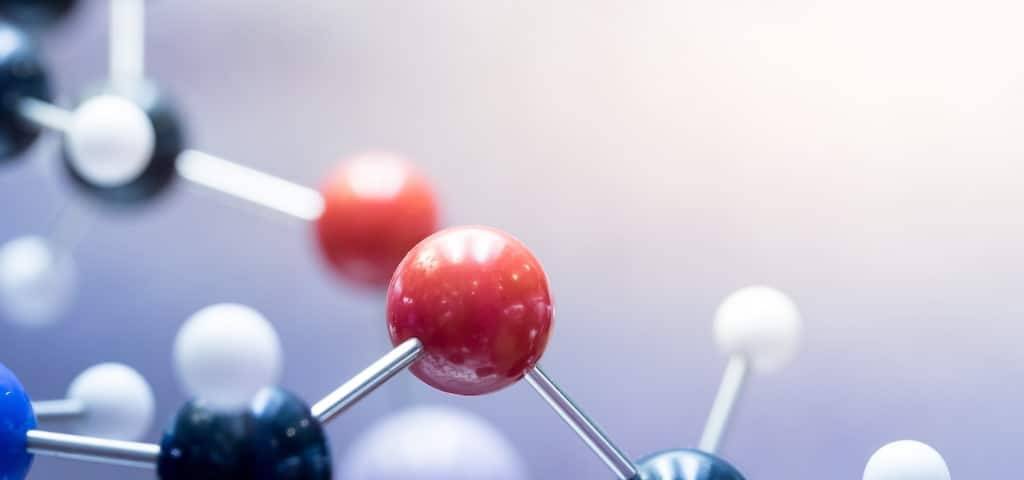The global silanes market is traditionally viewed through the lens of its dominant end-use sectors—automotive, construction, electronics, and packaging. These industries consume vast quantities of silane coupling agents, adhesives, sealants, and surface modifiers, accounting for much of the market’s volume and visibility. However, a quiet transformation is underway in a segment that has remained largely under the radar: the integration of functional silanes into biomedical applications. While not yet a major revenue driver, this niche domain holds immense potential and could become a strategic growth frontier for the organosilane industry.
Functional silanes, particularly those bearing reactive groups such as amino, epoxy, and methacryloxy functionalities, are finding increasing use in medical science. These compounds act as molecular bridges, improving adhesion between organic and inorganic phases. In biomedicine, this translates into better surface modification, enhanced biocompatibility, and superior integration of synthetic materials with biological systems. For instance, silane chemistry is now instrumental in tailoring the interface between implantable medical devices and surrounding tissues—an application where traditional coupling agents fall short.
𝐌𝐚𝐤𝐞 𝐈𝐧𝐟𝐨𝐫𝐦𝐞𝐝 𝐃𝐞𝐜𝐢𝐬𝐢𝐨𝐧𝐬 – 𝐀𝐜𝐜𝐞𝐬𝐬 𝐘𝐨𝐮𝐫 𝐒𝐚𝐦𝐩𝐥𝐞 𝐑𝐞𝐩𝐨𝐫𝐭 𝐈𝐧𝐬𝐭𝐚𝐧𝐭𝐥𝐲! https://www.futuremarketinsights.com/reports/sample/REP-GB-11705
What sets functional silanes apart in biomedical settings is their versatility in chemical bonding and surface reactivity. When used in drug delivery systems, silanes can encapsulate active pharmaceutical ingredients and improve their stability and targeting. Amino silanes, for example, have been used to coat mesoporous silica nanoparticles, enabling site-specific delivery of cancer drugs by functionalizing the particle surface with tumor-targeting ligands. This silanization process not only improves drug bioavailability but also minimizes off-target toxicity—an essential factor in oncology treatments.
Another fascinating application lies in tissue engineering and regenerative medicine. Researchers have utilized methacryloxypropyltrimethoxysilane (MPTS) to functionalize glass substrates and scaffolds used in the growth of neural or osteogenic cells. This chemical anchoring promotes cell adhesion and proliferation, which are vital for building functional tissue constructs.
From a commercial perspective, the incorporation of silanes into medical device coatings is gaining momentum. Medical-grade silicones, often used in catheters and implants, are being enhanced with silane treatments to boost antimicrobial resistance and reduce friction. Companies specializing in high-performance coatings, such as Biocoat Inc. and DSM Biomedical, have explored silane-based primers to improve coating adhesion on polymeric substrates. While this market is still in its formative stages, its compounded annual growth rate (CAGR) is expected to exceed 7% over the next decade, according to niche industry reports, particularly in response to the rising demand for minimally invasive devices.
Although the biomedical segment’s contribution to total silane revenues is modest compared to the automotive and construction sectors, its long-term value lies in high-margin specialty products and intellectual property generation. In contrast to commodity-grade silanes used in glass fiber or sealants, biomedical-grade silanes require stringent purity, controlled reactivity, and often patented formulations. These attributes open up pathways for premium pricing and exclusive market access, particularly for manufacturers that can meet Good Manufacturing Practice (GMP) standards.
𝐔𝐧𝐥𝐨𝐜𝐤 𝐂𝐨𝐦𝐩𝐫𝐞𝐡𝐞𝐧𝐬𝐢𝐯𝐞 𝐌𝐚𝐫𝐤𝐞𝐭 𝐈𝐧𝐬𝐢𝐠𝐡𝐭𝐬 – 𝐄𝐱𝐩𝐥𝐨𝐫𝐞 𝐭𝐡𝐞 𝐅𝐮𝐥𝐥 𝐑𝐞𝐩𝐨𝐫𝐭 𝐍𝐨𝐰: https://www.futuremarketinsights.com/reports/silanes-market
Innovation in this space is also being catalyzed by academic and governmental research initiatives. The European Union’s Horizon Europe program and the U.S. National Institutes of Health (NIH) have funded multiple interdisciplinary projects that focus on biofunctional surface chemistry—many of which rely on silane linkers for biomolecule immobilization. Startups and university spin-offs, such as those working on lab-on-chip devices or biosensors, are also exploring silanes as integral components for achieving precise molecular alignment and detection sensitivity.
The future outlook for silanes in biomedical applications is promising but not without challenges. Regulatory compliance, especially for substances used in vivo, demands extensive toxicological testing and long approval cycles. Moreover, the customization required for each medical application limits large-scale standardization, making it a domain suited more for specialized producers than bulk chemical suppliers. Nonetheless, this fragmentation offers an entry point for innovation-led companies aiming to establish proprietary formulations and application-specific solutions.
while the silanes market continues to draw its primary strength from established industrial sectors, the role of functional silanes in biomedical applications represents a strategically significant and often overlooked growth avenue. From enhancing the performance of drug delivery systems to facilitating next-generation implant coatings, these advanced silane chemistries are quietly reshaping the boundaries of the market. Investors, chemical manufacturers, and R&D stakeholders would be wise to monitor this evolving segment, not just for its financial upside, but for the role it will play in shaping the future of precision medicine and bio-integrated materials.
Coatings, Inks, Adhesives & Sealants: https://www.futuremarketinsights.com/industry-analysis/coatings-inks-adhesives-and-sealants






